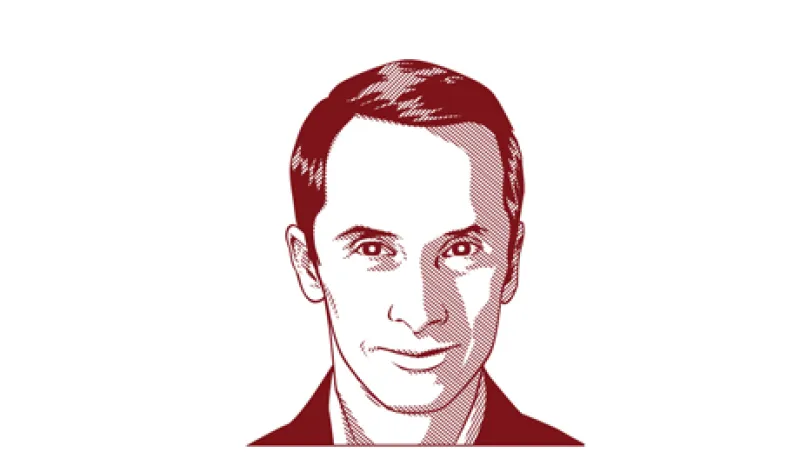Investors have long been taught to seek shelter in established markets during turbulent times. That advice provided little comfort during the recent market maelstrom. On August 15, for example, the ten-day rolling-average annualized volatility of the Standard & Poor’s 500 index hit a high of 66.8, the MSCI all-country world index reached 46.7, and the MSCI emerging-markets index touched 39. The volatility of the seemingly risky MSCI frontier-markets index, however, peaked at just 23.1.
So is the conventional wisdom that investors have to take more risk to benefit from the strong growth in frontier markets now wrong? While the developed world is suffering from anemic growth and increased financial market volatility, frontier markets offer solid economic fundamentals and generally healthier fiscal positions at attractive valuations and lower volatility. It is time for investors to look, literally, to the next frontier.
The term “frontier markets” was coined in 1992 to describe the smaller, less liquid, “emerging” emerging markets. Today they include countries as varied as Argentina, Nigeria, Saudi Arabia, Serbia and Vietnam. The MSCI frontier-markets index comprises 26 countries; Everest Capital’s frontier-markets universe includes 66.
Frontier markets offer a compelling opportunity virtually ignored by the global investment community. Although these markets account for 15 percent of global GDP on a purchasing-power-parity basis, they represent less than 4 percent of current global market capitalization and less than 0.5 percent of the MSCI all-country world index.
We believe that the term “emerging markets” is obsolete given that mainstream emerging markets have indeed emerged and are matching and even surpassing the economies of developed markets. Many of these emerging markets were considered frontier 20 years ago, and we think today’s frontier markets will emerge even faster than their predecessors. In fact, 39 of the 45 fastest-growing economies in the world are frontier markets.
Frontier markets have young, growing and often large populations. More than 37 percent of the world’s 15- to 34-year-olds live in frontier markets, providing a demographic dividend in the coming years that we expect will promote increased foreign investment, employment and consumption, which all lead to higher economic growth rates.
These markets also benefit from strong macroeconomic fundamentals and healthy balance sheets, including shrinking current-account deficits (and in many cases surpluses), low household and corporate debt, and increasing foreign direct investment.
Frontier markets enjoy accelerated integration with the global economy. Most, for example, have skipped the costly buildout of telephone landlines and gone directly to more-efficient cellular service. Local consumers run e-mail, connect to the Internet and even pay bills on their cellular devices. Indeed, frontier markets, on average, have cell phone penetration rates nearly as high as those of mainstream emerging markets.
As an asset class, frontier markets offer the diversification benefit of low correlation to developed and mainstream emerging markets. Since its launch in 2002, the MSCI frontier-markets index’s correlation to developed markets is only 0.35, compared with emerging markets’ 0.84 correlation to developed markets. In today’s “risk on, risk off” trading environment — where asset classes seem to move in lockstep — low-correlated investments can reduce portfolio volatility.
Frontier markets are undervalued, trading at only 9.3 times 2012 estimated earnings. That is a significant discount to both emerging markets, which trade at 10.3 times earnings, and developed markets (trading at 11.5 times earnings), despite the fact that frontier markets have higher returns on equity, dividend yields and overall growth prospects than their more-developed cousins.
One reason frontier markets trade at a discount is that they are inefficient. Of the 2,500-plus companies in Everest Capital’s frontier markets universe, we estimate that fewer than 20 percent are covered by global sell-side investment research firms.
Investing in frontier markets is not without risks. Although they are rated as less corrupt, on average, than the BRICs, according to Transparency International, their fund flows are a small fraction of mainstream emerging markets’, and with few exceptions frontier markets are less liquid than developed or mainstream emerging markets. These risks cannot be avoided but can be mitigated through country diversification or by shorting selected correlated mainstream emerging markets against them. • •
Marko Dimitrijevic is founder and CIO of Everest Capital, a Miami- and Singapore-based investment firm dedicated to global, emerging and frontier markets.






